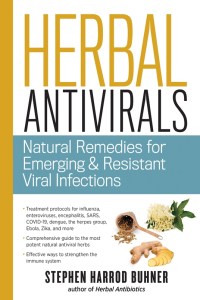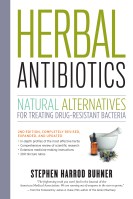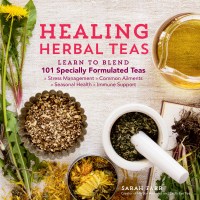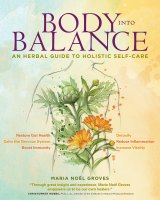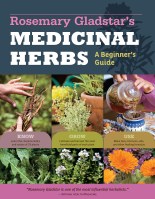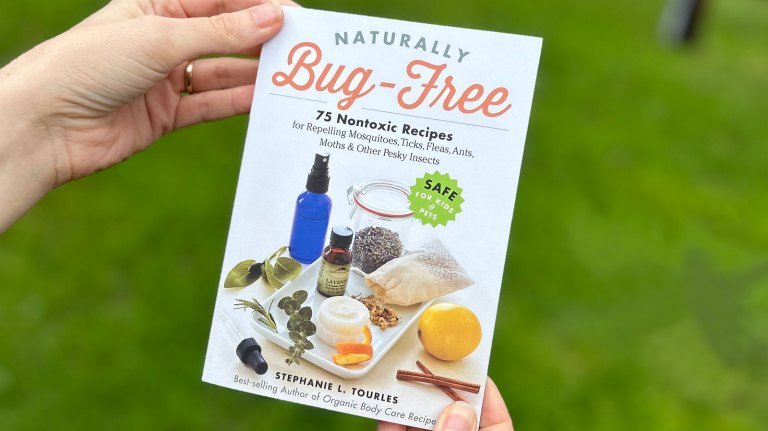Immune-Boosting Fresh Ginger Juice Tea
Herbalist Stephen Harrod Buhner points to some everyday foods that can serve as powerful immune boosters, including tea made from the fresh juice of ginger root.
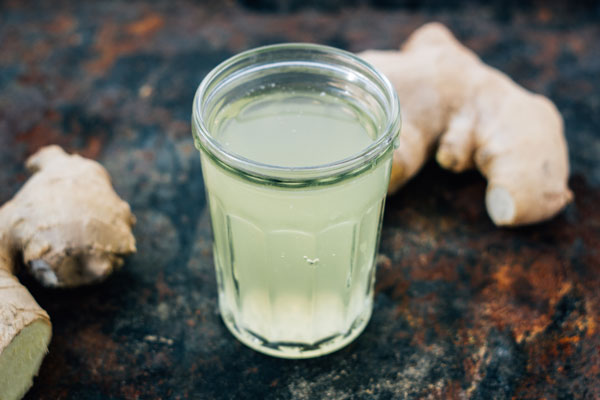
The immune system is an “organ” just as our lungs and livers are and there are things you can do to keep the immune system healthy. Certain foods do help immune health. Some of the best foods that support immune health are:
- Yogurt. Regular intake does result in fewer sick days. The body’s white blood cell count increases substantially and the GI tract bacterial community remains very healthy, which also helps. Kefir can also be used.
- Oats and barley. Farm animals given a mix of the two have many fewer infections, including those from influenza. (And yes, in spite of rumors to the contrary, we actually are animals, too.)
- Garlic. Although not as strong an antibiotic as I had formerly thought, regular garlic intake does boost immune function — in one study, those taking garlic were much less likely to catch colds and flu.
- Selenium-rich foods have been found to help clear influenza infections from the body. Selenium is found highest (in descending order) in Brazil nuts, fish (tuna, cod, halibut, sardines, flounder, salmon), poultry (chicken and turkey), sunflower seeds, shellfish (oysters, mussels, shrimp, clams, scallops), meat (liver, beef, lamb, pork), eggs, mushrooms, whole grains, wheat germ, onions, garlic, asparagus, broccoli, tomatoes.
- Chicken soup. Yes, it does work.
- Black tea. It significantly increases the immune system’s interferon levels. Green tea will also be of benefit.
- Zinc-containing foods. Zinc is an essential mineral, especially in immune function. It enhances the actions of many of the immune system’s actors, including T cells. Zinc is highest in oysters, wheat germ, liver, seeds (highest in sesame, tahini, pumpkin, squash, and watermelon seeds), roast beef, dark chocolate and cocoa, lamb, peanuts, garlic, chickpeas.
- Mushrooms. But not the usual store-bought variety. Shiitake and maitake can both be used in cooking, and they are both very good for raising immune function, primarily due to their high levels of polysaccharides. Their polysaccharides raise immune function considerably when taken as a regular part of the diet.
- And of course: ginger in the diet, broccoli and other members of that family (all have some of the same properties as isatis), red bell peppers (which are gram for gram, higher in vitamin C than anything else on the planet), and oregano.
Ginger is useful for the flu only if the juice of the fresh root is used. Dried ginger is useless.
Fresh Ginger Juice Tea
Ingredients
- 1–2 lbs. fresh ginger root
- ¼ lime
- 1 tablespoon honey
- ⅛ teaspoon cayenne
- 6 oz. hot water
Directions
At the first signs of an infection that is not going to stop, juice one to two pounds of ginger. (Squeeze the remaining pulp to get all the juice out of it, and keep any leftover juice refrigerated.) Pour 3 to 4 ounces of the juice into a mug, add one-quarter of a lime (squozen), honey, cayenne, and hot water. Stir well. Drink 2 to 6 cups daily.
TEXT AND RECIPE EXCERPTED FROM HERBAL ANTIVIRALS © 2013 BY STEPHEN HARROD BUHNER. ALL RIGHTS RESERVED.
Learn More
Take control of your health and learn how to use herbs safely and effectively to prevent and fight off a wide range of viral infections, including coronaviruses, SARS, influenza, encephalitis, dengue fever, and more. Expert herbalist Stephen Harrod Buhner offers this exhaustive guide to understanding the antiviral properties of dozens of herbs, backed up by the most recent research studies and findings. In addition to in-depth profiles of the herbs, Buhner provides complete, step-by-step instructions for obtaining high-quality herbs and preparing and using customized herbal formulations for strengthening the immune system and addressing each virus. Discover how these natural remedies can help keep you and your family healthy and strong.
